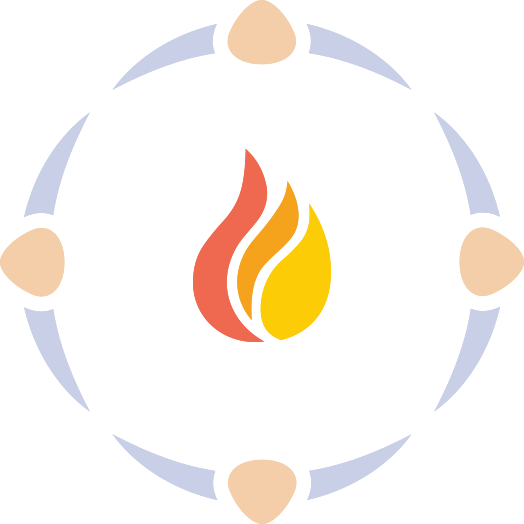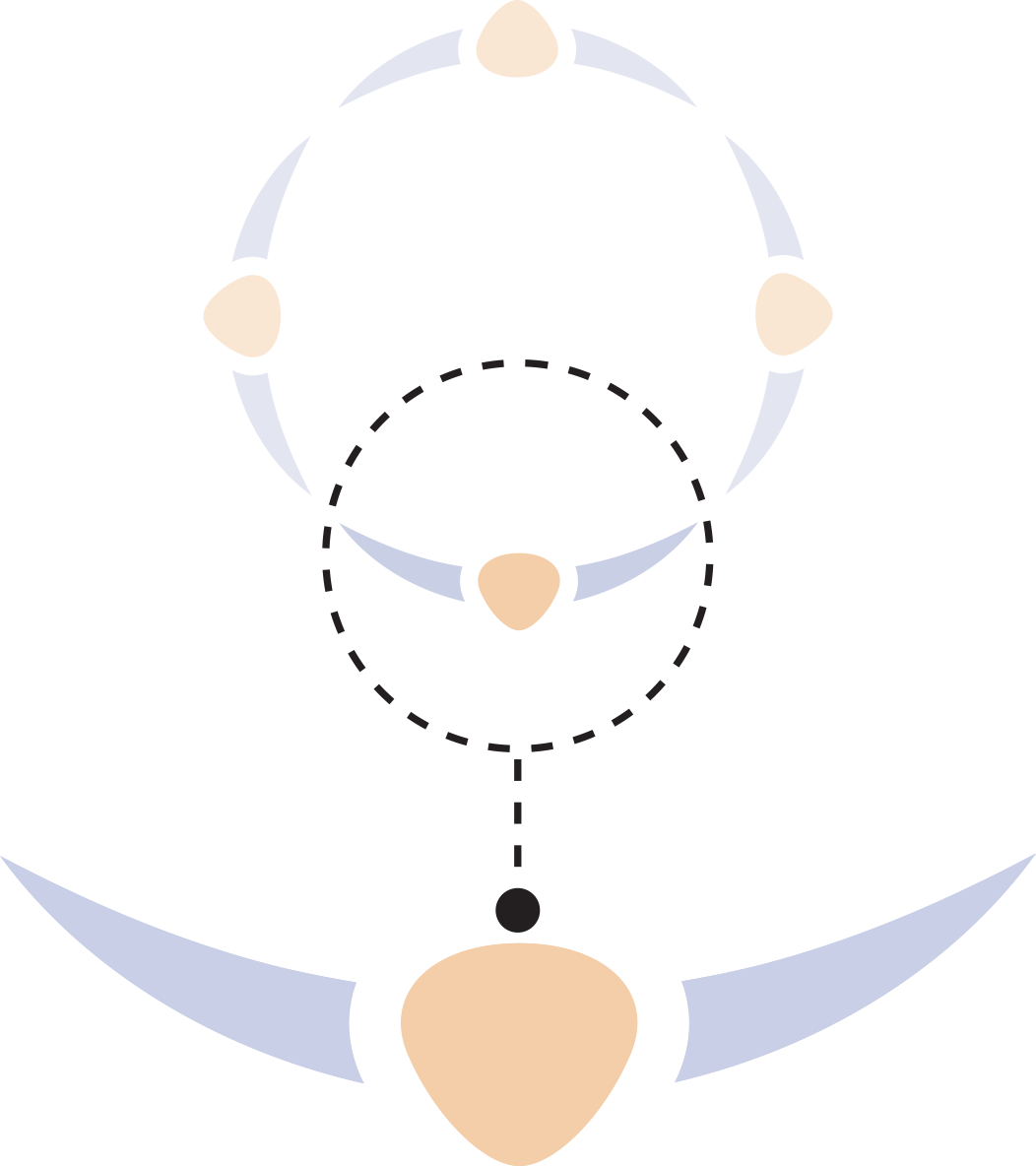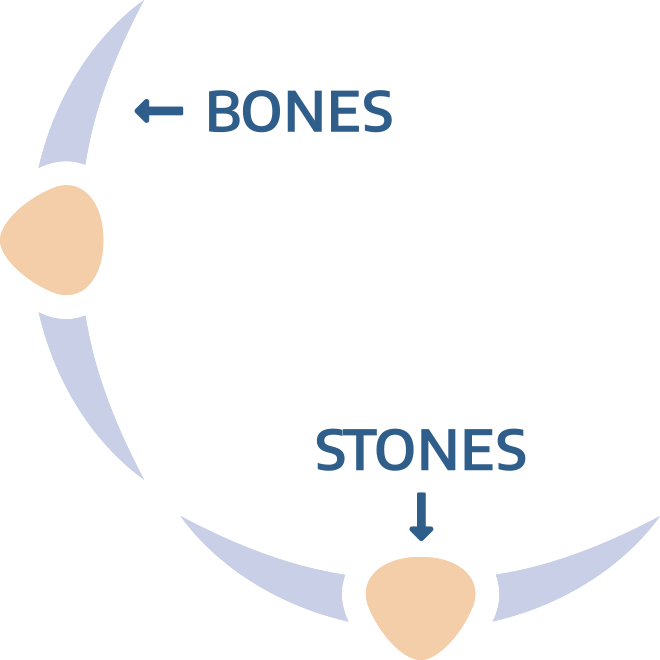- Home|
- |NCCIE is proudly hosted by

The NCCIE logo was designed to reflect the holistic nature of Indigenous education. Please read below to learn more about the different meanings within the logo.
The NCCIE logo calls to mind a circle of individuals seated around a central fire. Across all time, this has been a place in which many Indigenous Peoples around the world have transferred knowledge from one generation to the next, gathering around a fire while Elders engage in the oral tradition of storytelling.
In addition, when you look at the logo, imagine that each of the four parts of the circle is a stylized buffalo’s head with horns. In parts of Turtle Island, the buffalo has been the central source of sustenance for many Indigenous Peoples across the land, providing everything they have needed to live for ages. In modern times, one insight that has been shared is that “education is the new buffalo.”
(see Blair Stonechild’s 2006 book, The New Buffalo: The Struggle for Aboriginal Post-Secondary Education; pp. 1-2)
Listen to Wendy Phillips talk about the central importance of the fire for Indigenous Peoples, some teachings about storytelling, and the buffalo.
PLAY VIDEO

Listen to Dr. Blair Stonechild talk about how central the buffalo has been for Indigenous Peoples in ceremonies and for survival. He also draws important distinctions between Indigenous education and knowledge systems and ‘Western’ education that are extremely relevant today. Dr. Stonechild explains how Indigenous education involves an “extra layer of wisdom” that he calls “spiritual intelligence” that requires, among other things, careful inquiry and consideration for seven generations to come.
The three flames of the fire can refer to Canada’s First Nations, Inuit, and Métis.
Listen to Susan Onalik talk about the kudlik, a traditional oil lamp of the Inuit and other Arctic Peoples.
PLAY VIDEO

The circle resembles a Medicine Circle, an Indigenous teaching tool that has been in use for millennia and has important insights and applications still to this day.
Listen to Michael Thrasher for more about the Medicine Circle, how Indigenous education is experiential, and how the circle and cycles are central to learning “all of the things we need to know about our world and how we are to live in it.”
PLAY VIDEOThe different pieces making up the outer circle are also reminiscent of a traditional teaching method using stones and bones.
Listen to Mark Phillips talk about this once secret way of passing on Indigenous knowledge.
PLAY VIDEO